Insect control in plant production
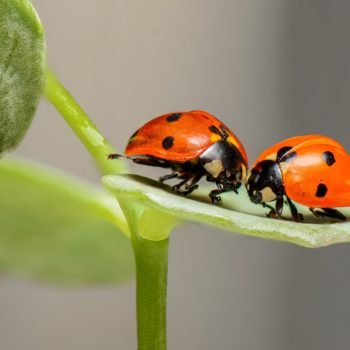
Neil Helyer has more than 40 years experience as an entomologist/IPM specialist. He currently works for Fargro Ltd. and makes regular advisory visits to horticultural growers throughout the UK and Ireland to develop and monitor IPM programmes.
19 October 2017
It is just over three months since GLAS 2017 took place. GLAS 2017 was the most successful GLAS to-date with over 1,000 people attending. According to the exit polls 94% of traders who attended noted their experience as worthwhile or very worthwhile, and 99% of visitors noted their experience as worthwhile, or very worthwhile.
For those of you who attended you will remember the Bord Bia sponsored Learning Theatre; where consummate professionals from all areas of the leisure and professional horticulture sector presented a talk to a sold-out crowd.
For those who couldn’t make it to GLAS 2017, or weren’t able to secure a seat, you will be able to read below: Neil Helyer’s presentation on the latest updates to the integrated pest management (IPM) sector, where in this part, he discusses a number of insecticide and acaricide products with proven efficiency across the professional horticulture landscape.
FLiPPER
FLiPPER is a contact insecticide/acaricide for the control of aphids, whitefly, and spider mites on a range of crops but is compatible with beneficial insects and pollinators.
FLiPPER’s active ingredient starts off as the by-product of extra-virigin olive oil production which is then subjected to a patented process of pure distillation and fractionation.
This produces a tightly defined specification of long-chain carboxylic acids (C14-C20) whose selection has been optimised to create a product that provides effective and lasting control of sucking pests. Potassium salt is included within the formulation to enable hydro-solubility.
Features and Benefits
- Broad spectrum control of sucking pests including: whiteflies, two-spotted spider mites and aphids.
- Compatible with beneficial insects and pollinators.
- Active ingredient from natural and sustainable sources.
- Resistance management tool.
- Controls multiple life stages of key pests.
- No residues and no harvest intervals.
- No temperature constraints.
- Lo risk of phytotoxicity
FLiPPER and IPM
FLiPPER is extremely IPM compatible and can work well in production systems even where biological controls are used extensively.
Trials have shown no harmful effects on pollinators as long as guidelines are followed.
Applications should be made at the first sign of pest emergence and thorough coverage of all leaf surfaces is required for best results.
The effects of pesticides on beneficial insects are classified into four toxicity ratings, as established by the IOBC Working Group “Pesticides and Beneficial Organisms”.
The ratings are: (1) Harmless or slightly harmful, (2) Moderately harmful, and (3) Harmful.
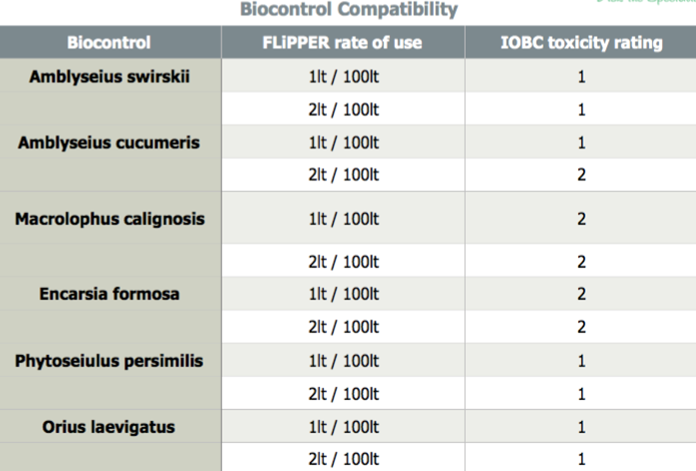
The Caterpillar
Caterpillars are a significant pest of nursery stock. Moths lay their eggs on top of a leaf surface, larvae (caterpillar) fold and stitch the leaves together, and once they emerge they begin to devour the crops.
Lepinox Bacillus thuringiensis targets the caterpillar in four stages. Once the caterpillar has ingested the plant with the sprayed Lepinox Bt product they will stop eating within minutes and the crop is protected.

- The Bt toxin crystals dissolve in the midgut.
- Toxins are activated and attach to midgut receptors.
- Pores form in the cell wall and cells rupture.
- Bt spores invade the insect body, death follows.




 Print
Print



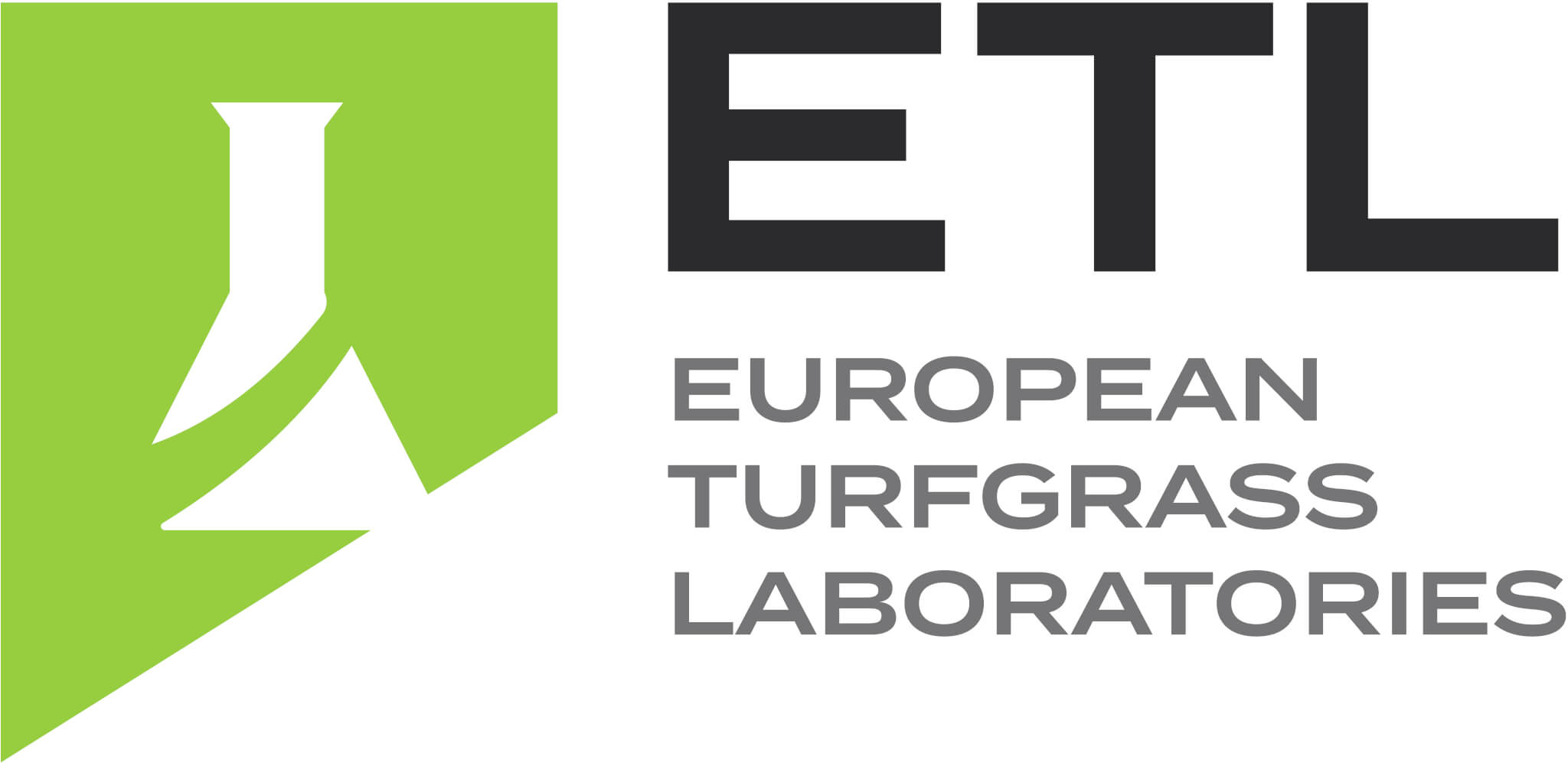
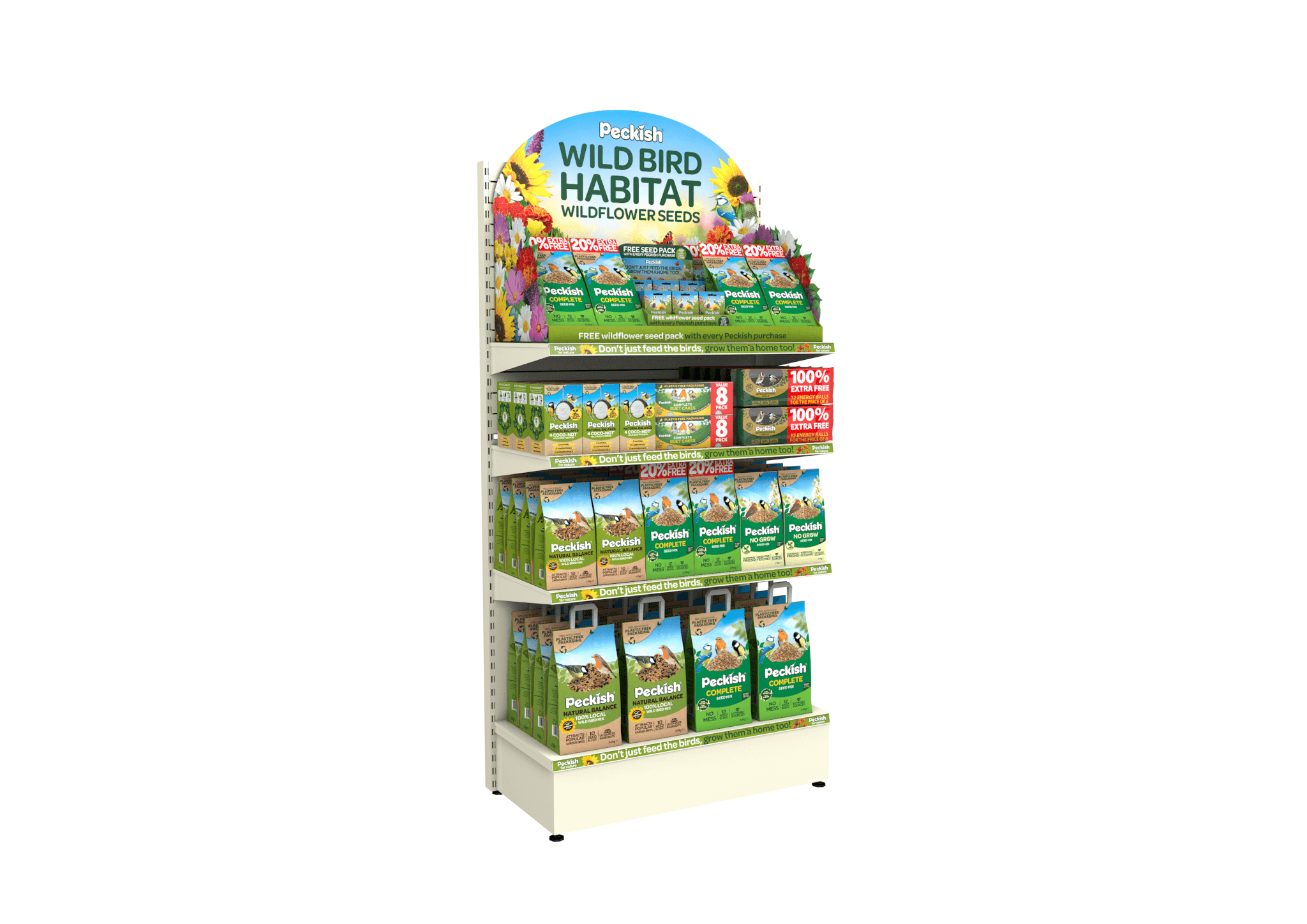
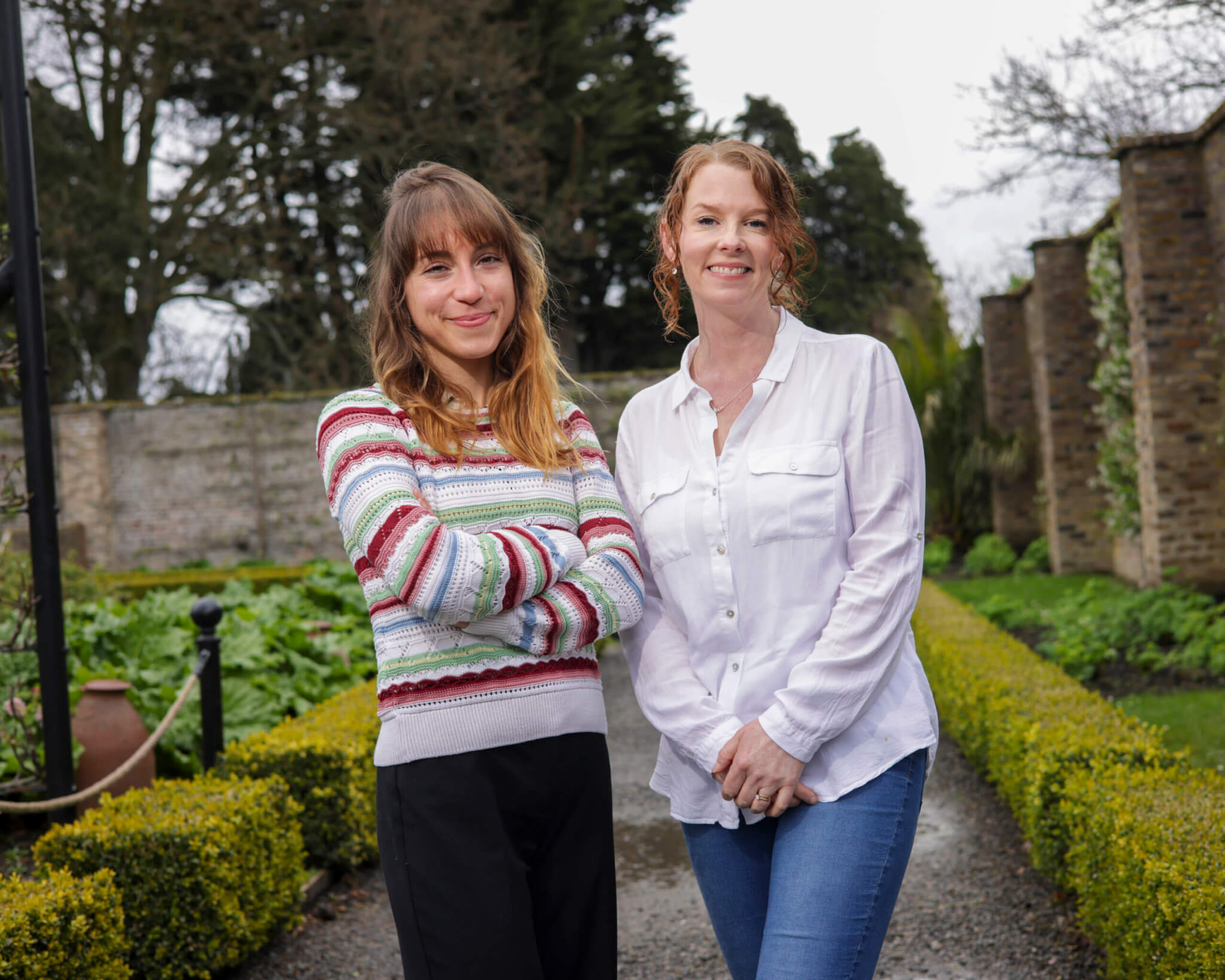

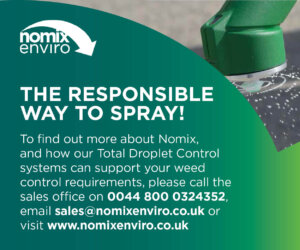
Fans 0
Followers